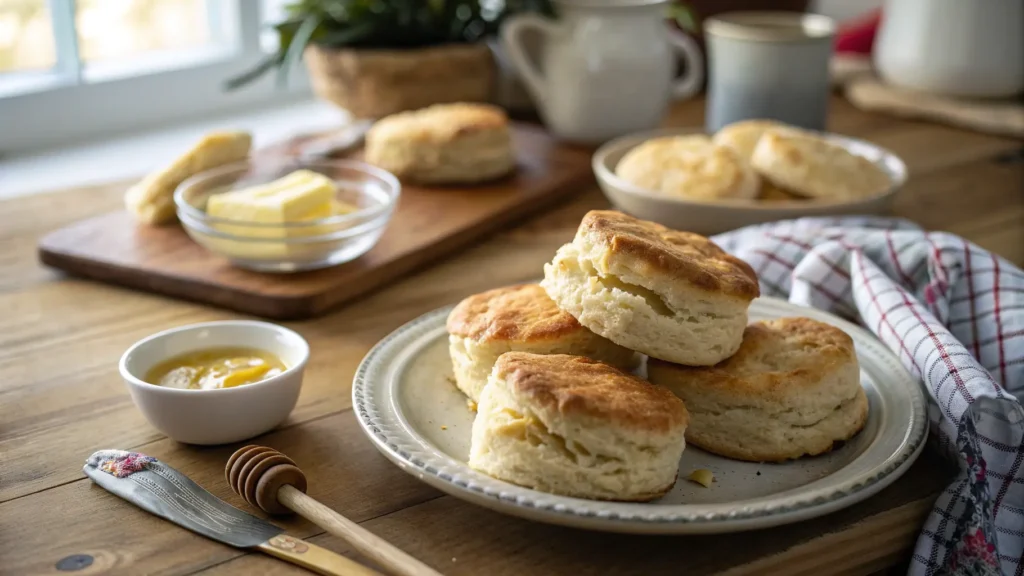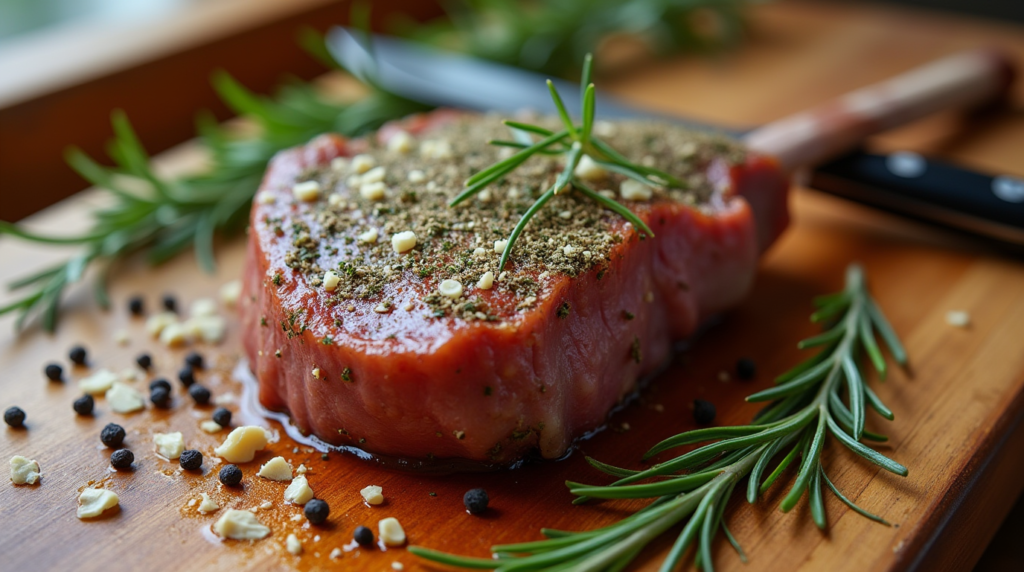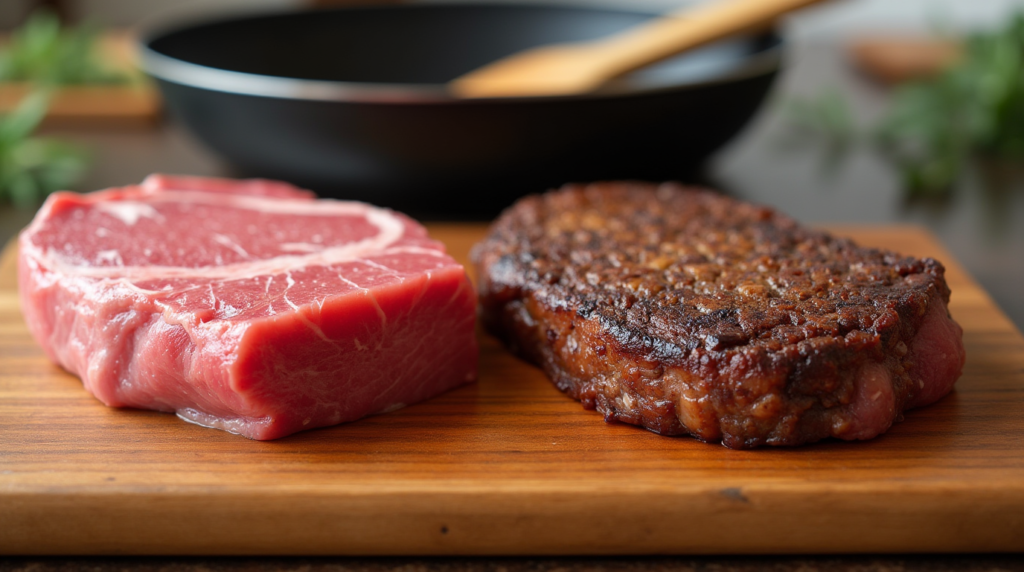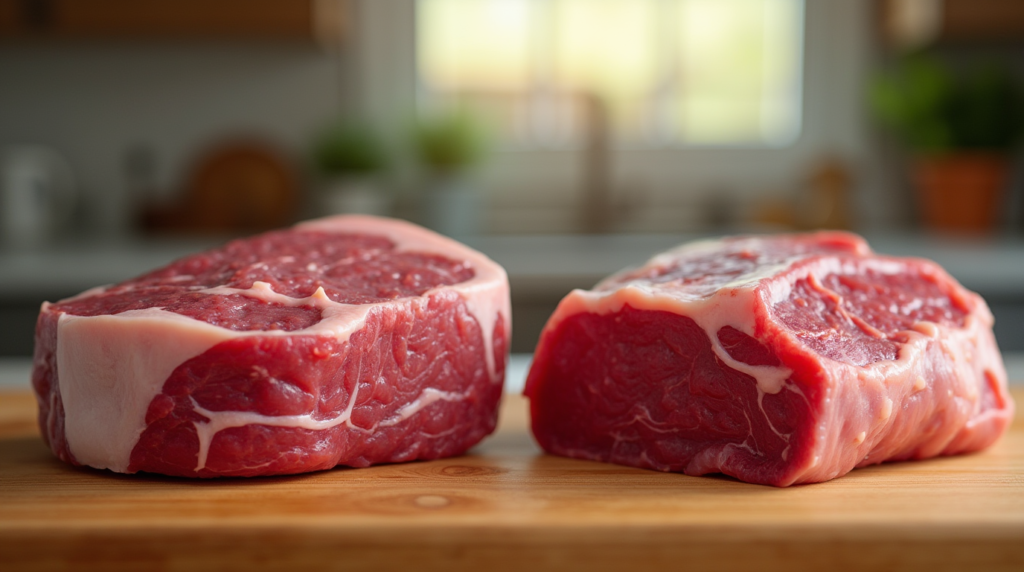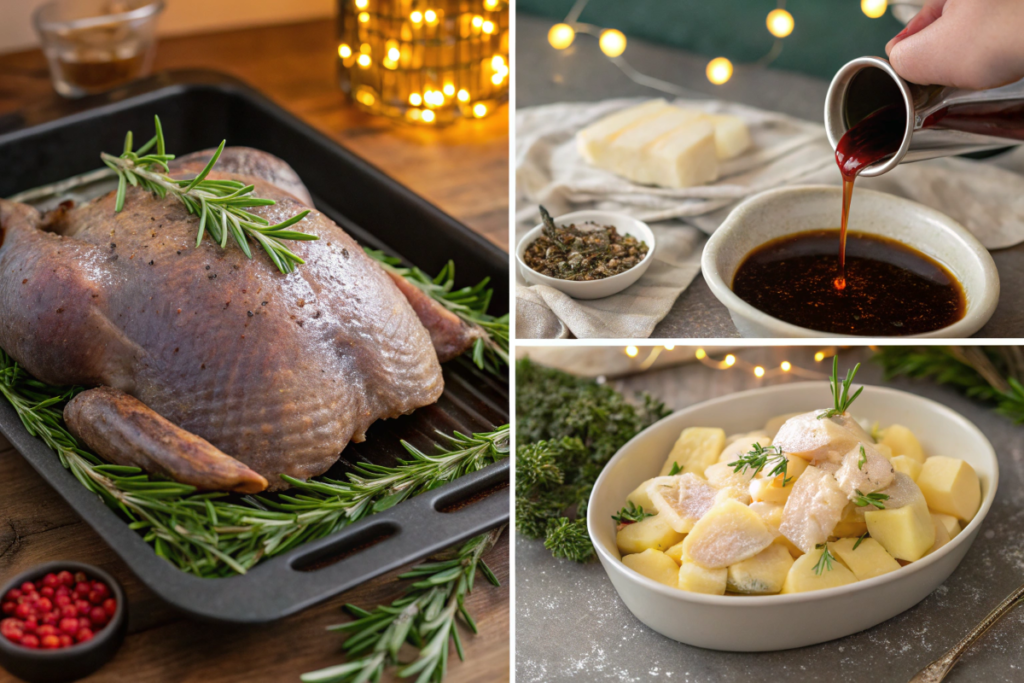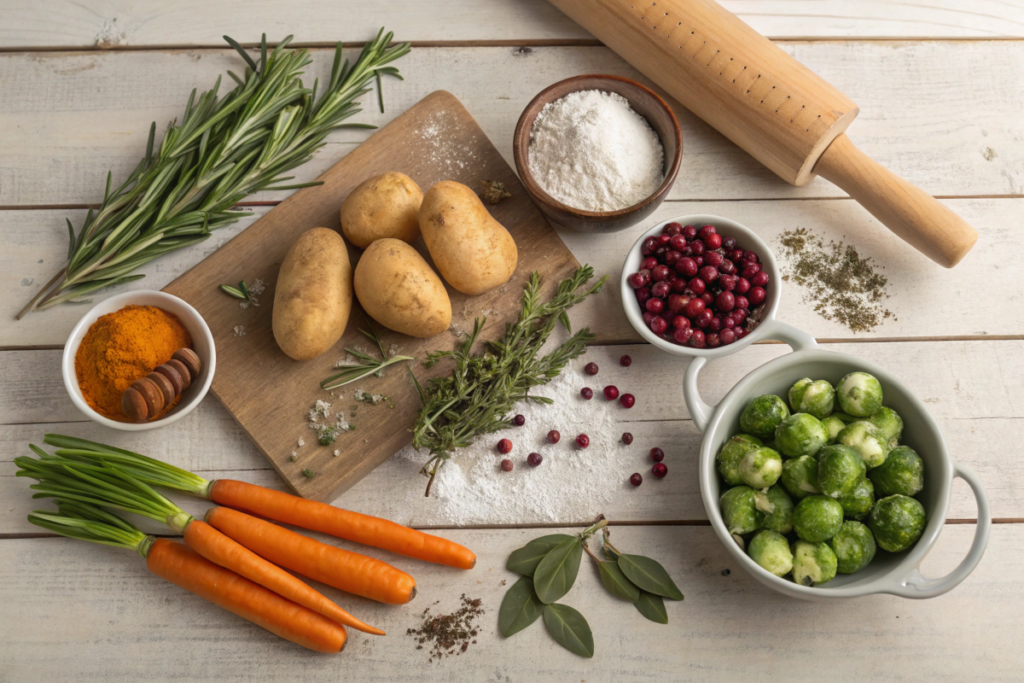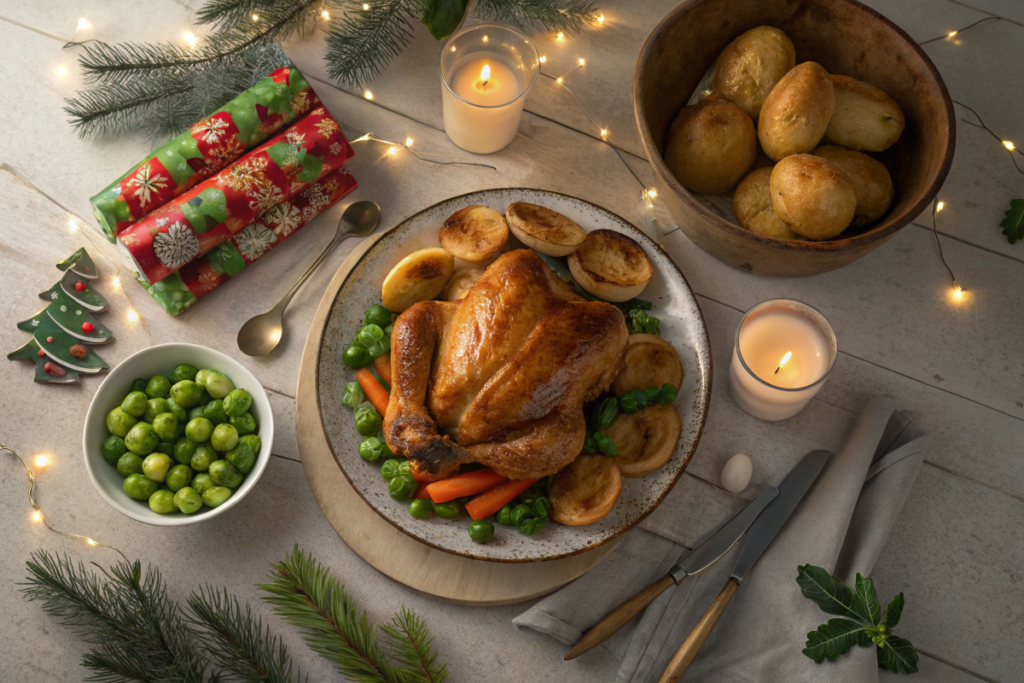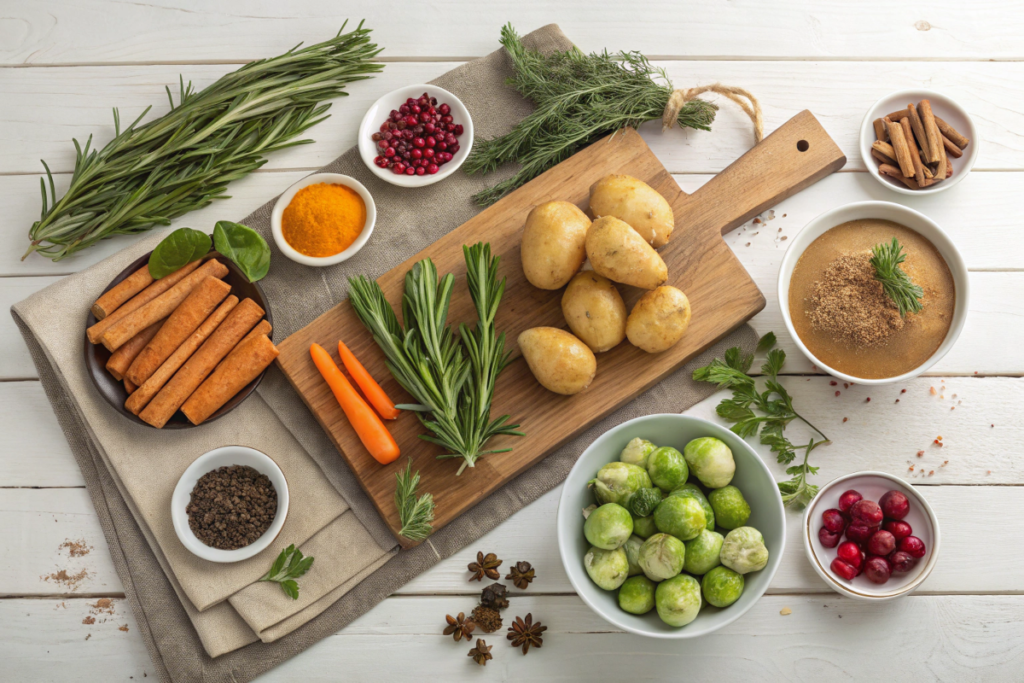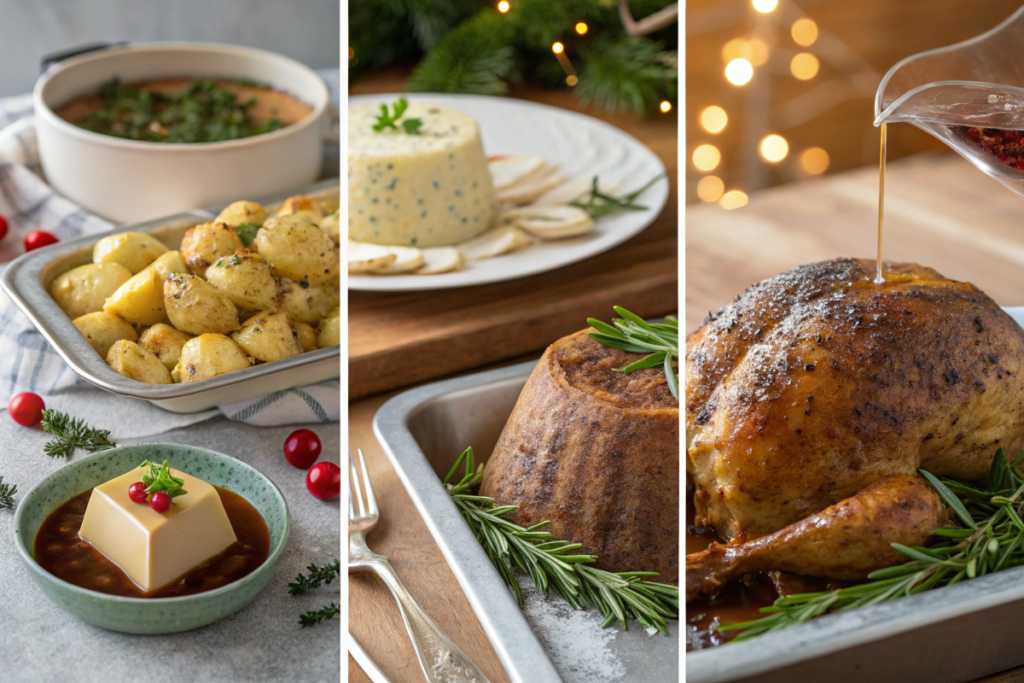Mary Berry is a household name in the culinary world, celebrated for her impeccable baking skills and timeless recipes. What is Mary Berry’s Most Famous Dish? The answer is her iconic Victoria Sponge Cake, a classic dessert that has become synonymous with British baking. For a festive twist on her creations, check out Highland Christmas Dishes by Mary Berry for inspiration.
In this comprehensive exploration, we will delve into the Mary Berry iconic recipes, uncover the secrets behind her famous Mary Berry desserts, and examine her culinary legacy. Whether you’re a seasoned baker or a novice in the kitchen, understanding Mary Berry’s signature creations will inspire you to elevate your own baking endeavors.
Moreover, we will explore how Mary Berry’s most iconic recipe has influenced modern baking trends and why it remains a beloved staple in homes worldwide. By the end of this guide, you’ll have a deep appreciation for Mary Berry’s contributions to the culinary arts and the enduring appeal of her most famous dish.
Introduction to Mary Berry’s Culinary Legacy
Who is Mary Berry?
Mary Berry is a renowned British food writer, television presenter, and home cook whose influence on the culinary world is immeasurable. With a career spanning several decades, Mary has authored numerous cookbooks, hosted popular cooking shows, and served as a judge on “The Great British Bake Off.”
Her approachable style and emphasis on simple, delicious recipes have made her a beloved figure among home cooks and professional chefs alike.
Her Influence on Modern Baking and Cooking
Mary Berry has played a pivotal role in shaping modern baking and cooking practices. Her emphasis on precision, quality ingredients, and classic techniques has set a standard for home bakers.
By demystifying complex recipes and making baking accessible to everyone, Mary has inspired countless individuals to pursue their passion for cooking. Her innovative approach combines traditional methods with contemporary flavors, ensuring that her recipes remain relevant and cherished across generations.
Why Her Recipes Stand Out
What sets Mary Berry’s recipes apart is their simplicity and reliability. Mary Berry’s signature recipes are meticulously tested to ensure consistent results, making them perfect for both beginners and experienced bakers.
Her ability to blend classic flavors with modern twists allows her dishes to appeal to a wide audience.
Additionally, Mary’s attention to detail and clear instructions make her recipes easy to follow, reducing the intimidation often associated with baking.
The Dish That Defines Mary Berry’s Fame
A Look at Her Signature Victoria Sponge Cake
The Victoria Sponge Cake is undoubtedly Mary Berry’s most famous dish. Named after Queen Victoria, who was known to enjoy a slice of sponge cake with her afternoon tea, this cake has become a quintessential British dessert.
Mary Berry’s most iconic recipe features a light, airy sponge filled with jam and whipped cream, creating a harmonious balance of flavors and textures.
The Evolution of the Recipe Over the Years
Mary Berry has refined the Victoria Sponge Cake recipe over the years, incorporating subtle adjustments to enhance its flavor and texture.
While the basic components remain the same, Mary has experimented with different types of jam, varying the ratios of whipped cream, and even introducing flavors like lemon or chocolate to cater to diverse palates.
These innovations have kept the Victoria Sponge Cake fresh and exciting, allowing it to evolve while maintaining its classic appeal.
Why the Victoria Sponge Became Iconic
The Victoria Sponge Cake’s simplicity and elegance have contributed to its iconic status. Why the Victoria Sponge Became Iconic lies in its versatility—it can be enjoyed as a dessert, a snack, or as part of a celebratory tea.
Its light and fluffy texture paired with the sweet jam and creamy filling make it a favorite among many.
Furthermore, its association with British culture and tradition has cemented its place in the hearts of dessert lovers around the world.
What Makes the Victoria Sponge Cake Unique?
Key Ingredients in the Recipe
The uniqueness of Mary Berry’s Victoria Sponge Cake stems from its high-quality ingredients. Key ingredients in the recipe include:
- Butter: Provides richness and flavor.
- Caster Sugar: Ensures a light, airy texture.
- Eggs: Bind the ingredients together and contribute to the cake’s structure.
- Self-Raising Flour: Gives the cake its lift and softness.
- Jam: Adds sweetness and moisture.
- Whipped Cream: Creates a smooth and creamy filling.
Using fresh, high-quality ingredients is crucial for achieving the perfect Victoria Sponge Cake.
The Technique Behind the Perfect Sponge
The technique Mary Berry employs is integral to the cake’s success. The technique behind the perfect sponge involves creaming the butter and sugar until light and fluffy, gradually incorporating the eggs to prevent curdling, and gently folding in the flour to maintain the airiness of the batter.
Baking at the right temperature ensures that the sponge rises evenly without becoming dry or dense.
How Mary Berry’s Version Differs from Traditional Recipes
Mary Berry’s version of the Victoria Sponge Cake stands out due to her meticulous approach to measurement and mixing.
While traditional recipes may vary in methods, Mary’s attention to detail—such as the precise creaming of butter and sugar and the gentle folding of flour—ensures a consistently excellent result.
Additionally, her incorporation of modern twists, like alternative flavors and fillings, differentiates her signature recipe from more conventional versions.
Other Popular Recipes by Mary Berry
Lemon Drizzle Cake: A Fan Favorite
Another beloved Mary Berry recipe is the Lemon Drizzle Cake. This moist and tangy cake combines a rich, buttery base with a zesty lemon glaze, offering a refreshing contrast that’s perfect for any occasion.
Its simplicity and vibrant flavor make it a perennial favorite among her top Mary Berry recipes.
Her Classic Scones Recipe
Mary Berry’s Classic Scones are a staple in British tea culture. These scones are light, flaky, and slightly sweet, making them an ideal companion to clotted cream and jam.
Classic recipes by Mary Berry like these scones highlight her ability to create comfort food that is both delicious and easy to prepare.
Savory Dishes That Gained Recognition
While Mary Berry is best known for her desserts, her savory recipes have also garnered acclaim. Dishes like her Chicken Pot Pie and Savory Tart showcase her versatility and skill in creating well-balanced, flavorful meals.
These recipes demonstrate that Mary’s culinary expertise extends beyond the realm of sweet treats.
The Cultural Impact of Mary Berry’s Recipes
Her Influence on Home Bakers Worldwide
Mary Berry has had a profound impact on home bakers around the globe. Her influence on home bakers worldwide is evident in the widespread adoption of her recipes and techniques.
By making baking accessible and enjoyable, Mary has empowered countless individuals to develop their skills and confidence in the kitchen.
How She Inspired a Generation of Chefs
Mary Berry’s approachable style and emphasis on quality ingredients have inspired a new generation of chefs and culinary enthusiasts.
How she inspired a generation of chefs is seen in the numerous cookbooks, cooking shows, and online tutorials that feature her recipes and baking tips. Her legacy continues to inspire creativity and excellence in the culinary arts.
Her Role in Popularizing British Baking Globally
Mary Berry has played a key role in introducing British baking traditions to a global audience. Her role in popularizing British baking globally is highlighted by the international success of shows like “The Great British Bake Off,” where her expertise and passion for baking have captivated viewers worldwide.
This global reach has helped to spread appreciation for classic British desserts and baking techniques.
Step-by-Step Guide to Making Mary Berry’s Victoria Sponge Cake
Required Ingredients and Equipment
To bake Mary Berry’s Victoria Sponge Cake, gather the following ingredients and equipment:
Ingredients:
- 200g unsalted butter, softened
- 200g caster sugar
- 4 large eggs
- 200g self-raising flour
- 2 tsp baking powder
- 2 tbsp milk
- Jam (strawberry or raspberry)
- Whipped cream or buttercream
Equipment:
- Two 20cm sandwich tins
- Mixing bowl
- Electric mixer
- Sieve
- Spatula
- Cooling rack
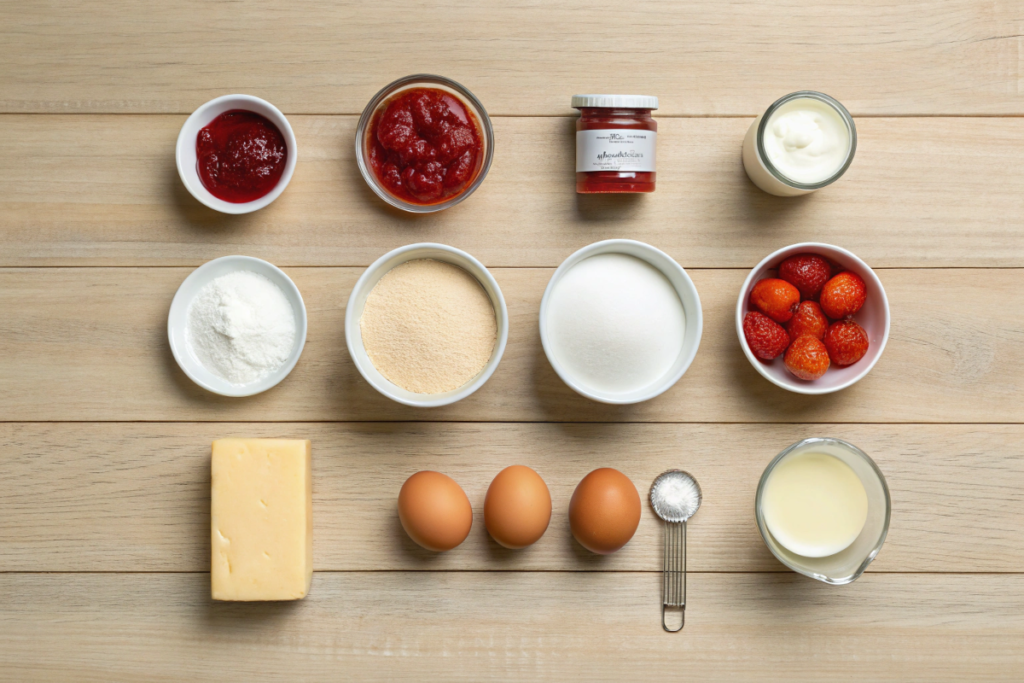
Detailed Instructions for Preparation
Follow these steps to create the perfect Victoria Sponge Cake:
- Preheat the Oven: Preheat your oven to 180°C (350°F). Grease and line two 20cm sandwich tins with baking parchment.
- Cream Butter and Sugar: In a large mixing bowl, beat the softened butter and caster sugar together until light and fluffy.
- Add Eggs: Gradually add the eggs, one at a time, beating well after each addition to ensure the mixture remains smooth.
- Fold in Dry Ingredients: Sift the self-raising flour and baking powder into the mixture. Gently fold the dry ingredients in using a spatula until just combined.
- Add Milk: Pour in the milk and fold it into the batter, ensuring a smooth consistency.
- Divide the Batter: Spoon the batter evenly into the prepared tins, smoothing the tops with the spatula.
- Bake: Place the tins in the preheated oven and bake for 20-25 minutes or until golden brown and a skewer inserted into the center comes out clean.
- Cool: Allow the cakes to cool in the tins for 5 minutes before transferring them to a cooling rack to cool completely.
- Assemble: Once cooled, spread a generous layer of jam and whipped cream or buttercream between the two cakes. Dust the top with icing sugar for a finishing touch.
- Serve: Slice and serve your Victoria Sponge Cake, enjoying its light and fluffy texture with every bite.
Tips for Achieving the Perfect Texture
To ensure your Victoria Sponge Cake turns out perfectly every time, consider the following tips:
- Room Temperature Ingredients: Ensure all ingredients are at room temperature to achieve a smooth, even batter.
- Do Not Overmix: Gently fold in the flour to prevent the cake from becoming dense.
- Accurate Measurements: Measure your ingredients accurately, especially the flour and sugar, to maintain the right balance of flavors and textures.
- Proper Cooling: Allow the cakes to cool completely before assembling to prevent the filling from melting.
Common Mistakes When Baking a Victoria Sponge
Overmixing or Undermixing Batter
One of the most common mistakes is overmixing the batter, which can lead to a dense and heavy cake. Overmixing the batter causes the gluten in the flour to develop too much, resulting in a tough texture.
Conversely, undermixing can leave lumps of flour, leading to an uneven texture. Aim for a smooth, consistent batter by gently folding in the dry ingredients.
Incorrect Oven Temperature
Baking at the wrong temperature can significantly affect the outcome of your cake. If the oven is too hot, the cake may rise too quickly and collapse, or burn on the outside while remaining undercooked inside.
Conversely, an oven that’s too cool can result in a flat and dense cake. Always preheat your oven and use an oven thermometer to ensure accurate temperatures.
Not Measuring Ingredients Properly
Accurate measurement of ingredients is crucial for the success of your Victoria Sponge Cake. Not measuring ingredients properly can disrupt the balance of the recipe, leading to inconsistencies in texture and flavor.
Use a kitchen scale for precise measurements and level off ingredients like flour and sugar for the best results.
What’s the best alternative to her Victoria Sponge Cake?
If you’re looking for an alternative to Mary Berry’s Victoria Sponge Cake, consider trying her Lemon Drizzle Cake. This moist and tangy cake offers a delightful twist with its zesty lemon flavor and sweet glaze, providing a refreshing change from the traditional sponge.
Can I modify her recipes for dietary restrictions?
Yes, many of Mary Berry’s recipes can be adapted to accommodate dietary restrictions. For example, you can use gluten-free flour in her Victoria Sponge Cake or substitute dairy ingredients with plant-based alternatives to make her recipes suitable for various dietary needs.

Mary Berry’s Contributions Beyond Recipes
Her Role as a Judge on The Great British Bake Off
Mary Berry’s role as a judge on “The Great British Bake Off” has significantly influenced popular culture and home baking trends.
Her gentle, encouraging demeanor and expert critique have inspired viewers to improve their baking skills and embrace the joy of creating delicious desserts.
Her Advocacy for Simple Yet Elegant Cooking
Mary Berry advocates for simple yet elegant cooking, emphasizing the importance of technique and quality ingredients over complex processes.
Her advocacy for simple yet elegant cooking encourages home cooks to focus on the fundamentals, resulting in dishes that are both beautiful and flavorful.
Awards and Recognitions for Her Culinary Expertise
Throughout her career, Mary Berry has received numerous awards and recognitions for her culinary expertise.
From prestigious baking competitions to honors from culinary institutions, her contributions to the culinary arts have been widely acknowledged and celebrated.
How to Incorporate Mary Berry’s Style into Your Cooking
Prioritizing Fresh and High-Quality Ingredients
To emulate Mary Berry’s style, prioritize fresh and high-quality ingredients in your cooking. Prioritizing fresh and high-quality ingredients ensures that your dishes are flavorful and that the natural qualities of each ingredient shine through, just as Mary emphasizes in her recipes.
Following Simple Techniques for Consistent Results
Mary Berry’s recipes often rely on simple techniques that yield consistent and reliable results. Following simple techniques for consistent results involves mastering basic baking methods, such as creaming butter and sugar properly and folding in dry ingredients gently, to achieve the perfect texture and flavor in your dishes.
Combining Tradition with Innovation in Recipes
Mary Berry excels at combining tradition with innovation, creating recipes that honor classic flavors while introducing modern twists.
Combining tradition with innovation in recipes allows you to keep your cooking fresh and exciting, much like Mary’s ability to adapt and evolve her culinary creations over time.
Frequently Asked Questions About Mary Berry’s Recipes
Are Mary Berry’s recipes beginner-friendly?
Absolutely! Mary Berry’s recipes are renowned for their clarity and simplicity, making them perfect for beginners.
Her step-by-step instructions and emphasis on technique help new cooks build confidence and achieve delicious results.
What’s the best alternative to her Victoria Sponge Cake?
If you’re looking for an alternative to Mary Berry’s Victoria Sponge Cake, consider trying her Lemon Drizzle Cake.
This moist and tangy cake offers a delightful twist with its zesty lemon flavor and sweet glaze, providing a refreshing change from the traditional sponge.
Can I modify her recipes for dietary restrictions?
Yes, many of Mary Berry’s recipes can be adapted to accommodate dietary restrictions.
For example, you can use gluten-free flour in her Victoria Sponge Cake or substitute dairy ingredients with plant-based alternatives to make her recipes suitable for various dietary needs.
Conclusion
The Victoria Sponge Cake remains Mary Berry’s signature dish due to its timeless appeal and perfect balance of flavors. Why the Victoria Sponge Remains Her Signature Dish is rooted in its simplicity, elegance, and the consistent results Mary achieves with her meticulous recipe. This cake epitomizes Mary’s philosophy of using high-quality ingredients and precise techniques to create delicious and visually appealing desserts.
Mary Berry’s legacy in the culinary world is one of inspiration, education, and excellence. Honoring her legacy involves continuing to share and celebrate her recipes, adopting her baking principles, and passing on her love for cooking to future generations. Her impact extends beyond her own creations, influencing how we approach baking and home cooking today.

